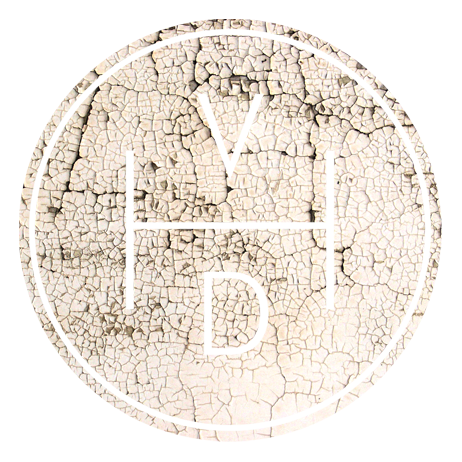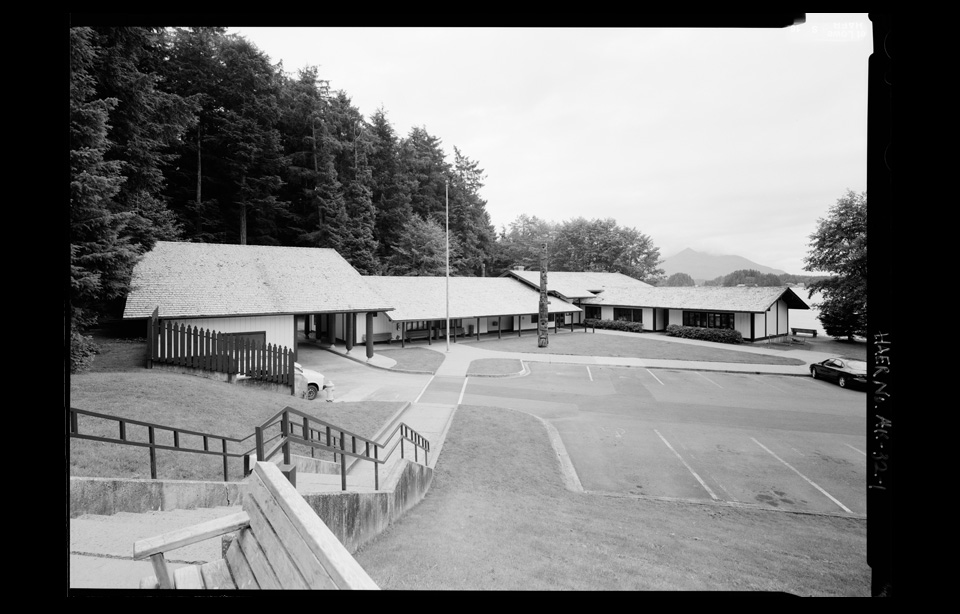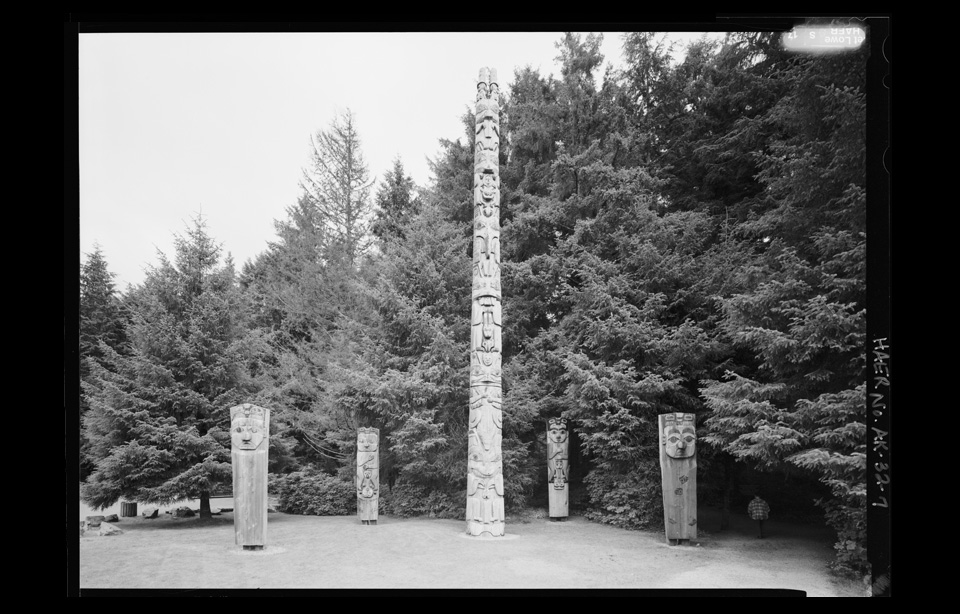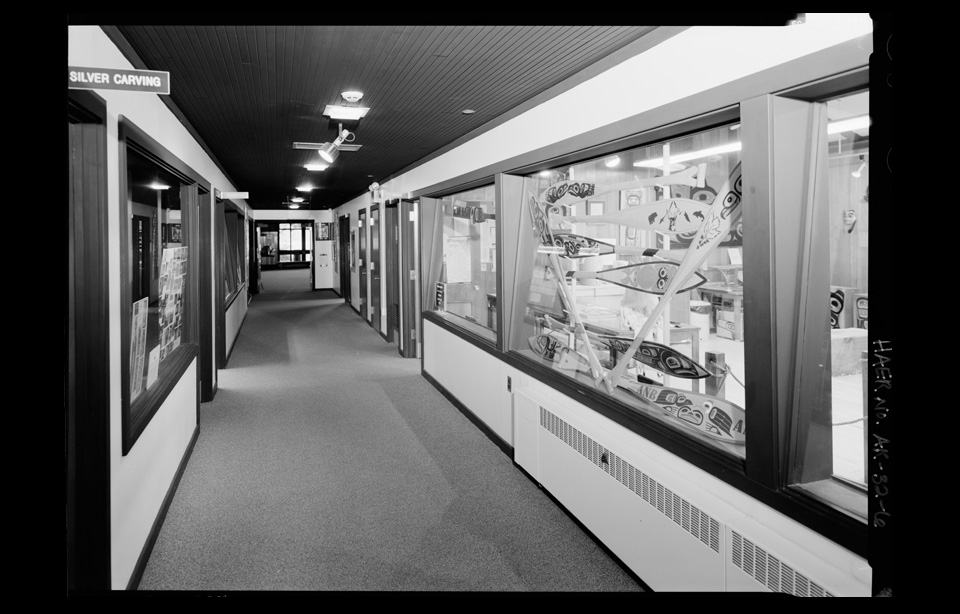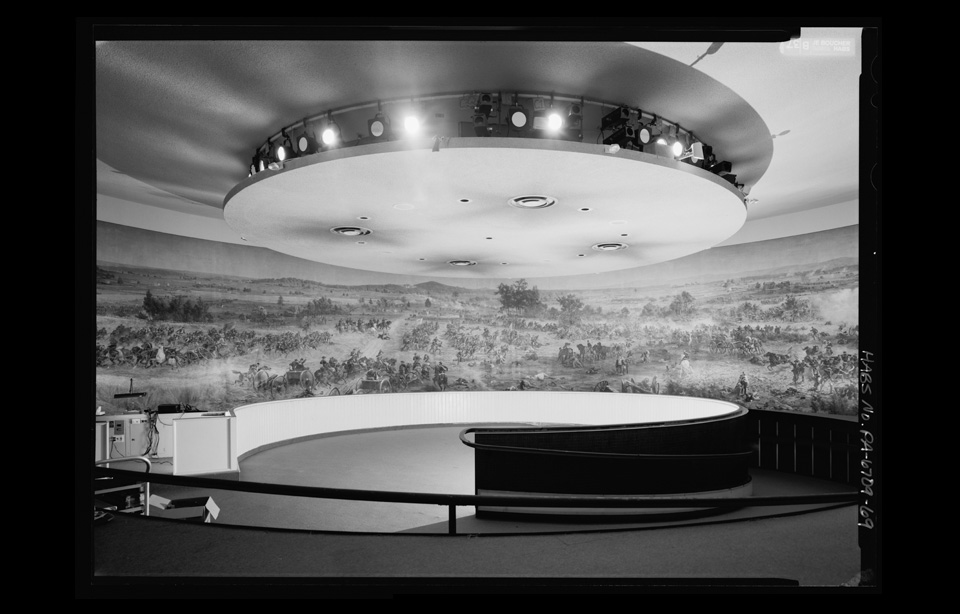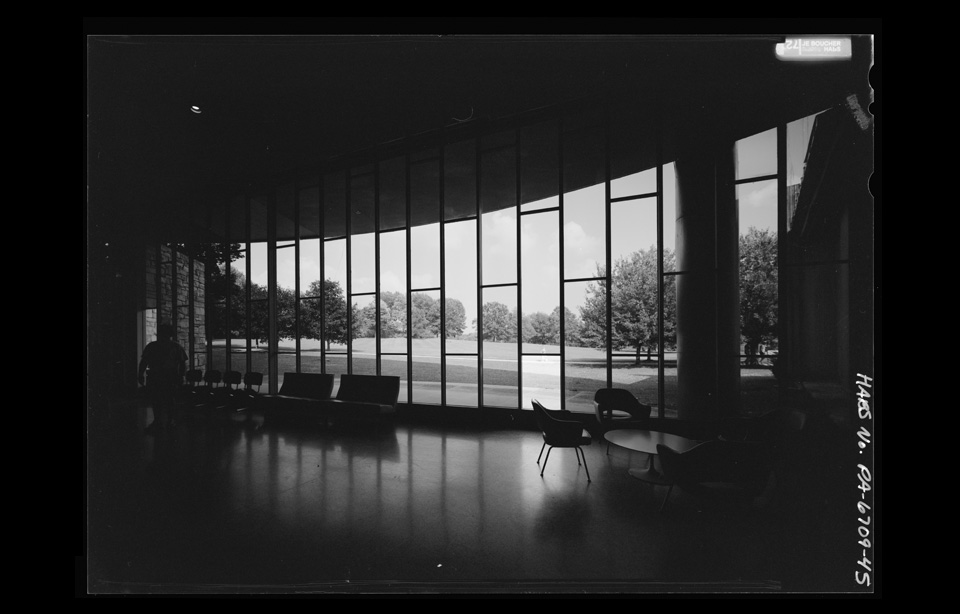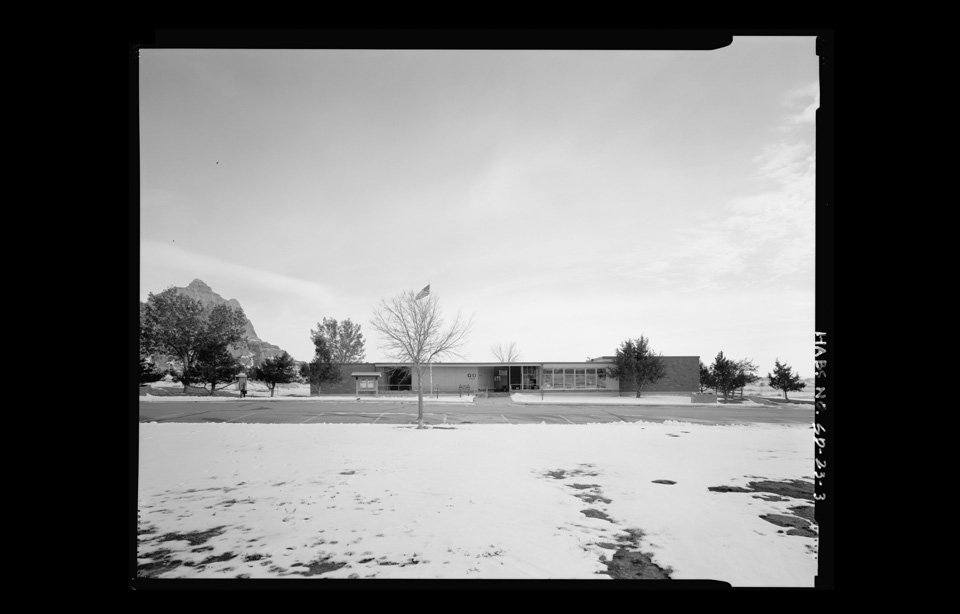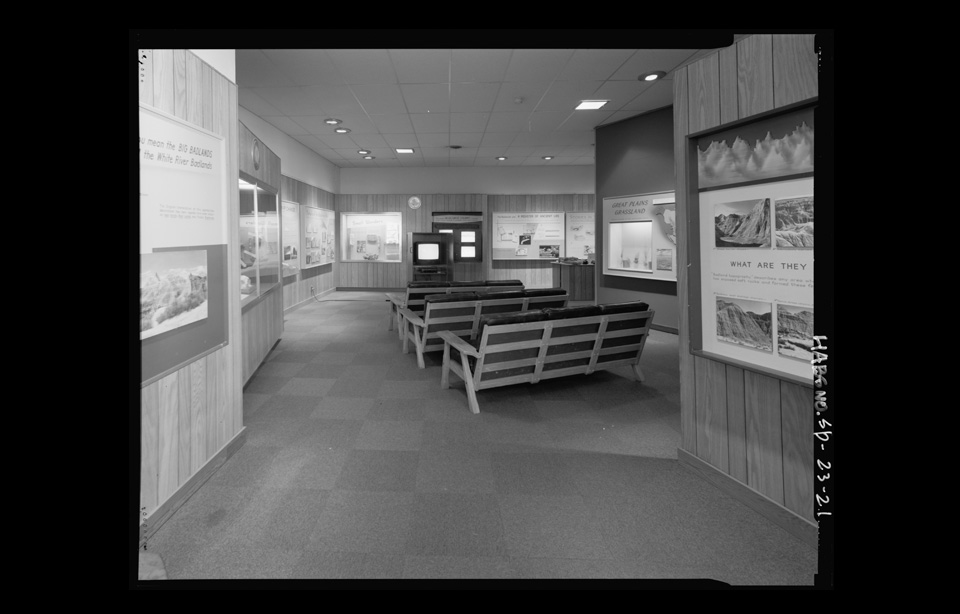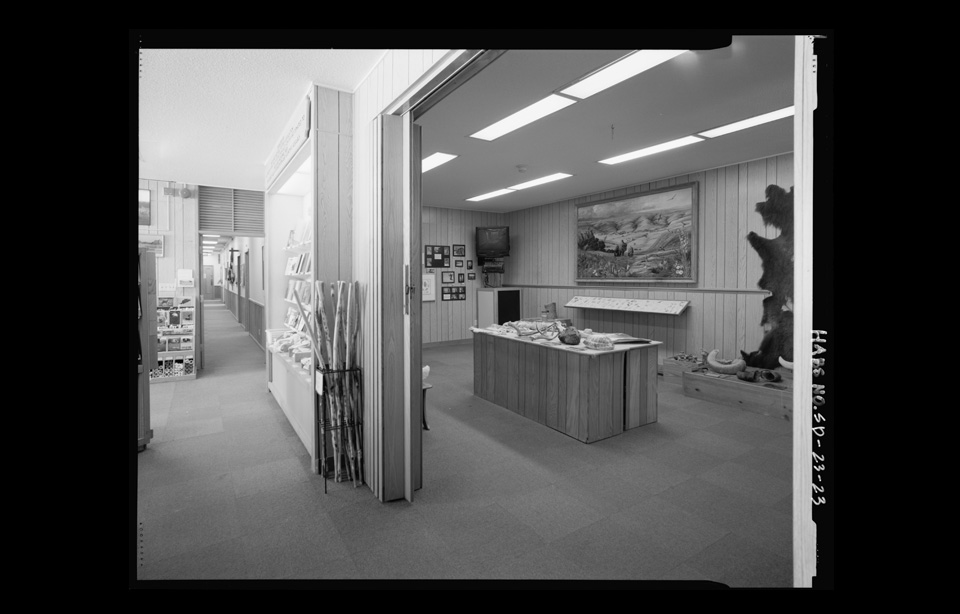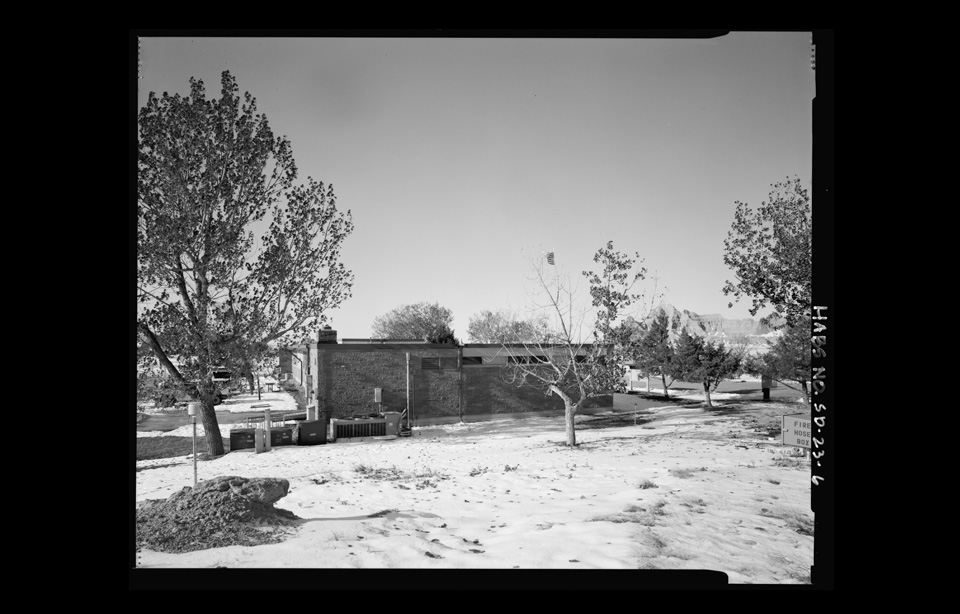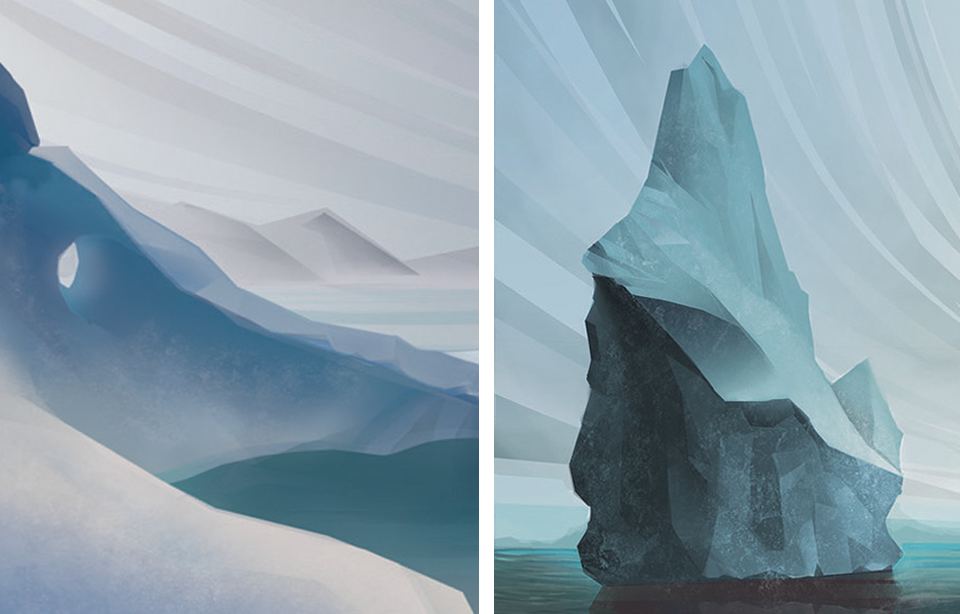It was impossible to predict the post war motoring boom that swept across the USA in the 1950s. The US Highway System had opened up the country and the introduction of inexpensive automobiles gave an optimistic, wealthy, America an invitation to hit the road. When they arrived at the National Parks what they found were run down tourist centers built by the Civilian Conservation Corps some 20 years earlier, the deteriorating system was stretched to breaking point and the parks were under threat. The government stepped in and set about radically developing the Parks system with an ambitious ten year plan.
“MISSION 66 is a forward-looking program for the National Park System intended to so develop and staff these priceless possessions of the American people as to permit their wisest possible use; maximum enjoyment for those who use them; and maximum protection of the scenic, scientific, wilderness, and historic resources that give them distinction”
While there were a great many infrastructure developments, the most visible and interactive were the visitors centers. In contrast to the original Civilian Conservation Corps' rustic architecture the new buildings managed to be both bold, contemporary and visible while complementing their surroundings. They became the public face of America's National Parks. In just 10 years more than 100 new visitors centers were open to the public.
Now more than 50 years later the national parks are at a cross roads. A lack of routine maintenance, overuse and a change in attitude amongst visitors is threatening the remaining Mission 66 centers. The architecture style has fallen out of favor and the 'preserve or demolish' stalemate means buildings continue to deteriorate. It now seems that history is repeating itself, when people go to the parks now, what they find are run down, dated visitors centers and an infrastructure which is reaching breaking point. Once again the parks are in danger of being "loved to death."
What strikes me most about Mission 66 is that it represents a large scale celebration of America's national parks, they had a plan and went through with it. It fell in line perfectly with the National Park Services' original mission "to make the parks accessible to all and to preserve them for future generations." I find it really hard to put a stake in the ground as to wether I am for or against the preservation of the Mission 66 architecture. I think, for me, the demolition represents the close of an optimistic, forward thinking chapter in National Parks history from a time when things could get done, my concern is whether another brighter, more celebrated chapter awaits on the next page. I hope it does.
For more information about Mission 66 please visit C. Madrid French's incredibly informative site mission66.com, much of imagery within this post was sourced from Library Of Congress.
